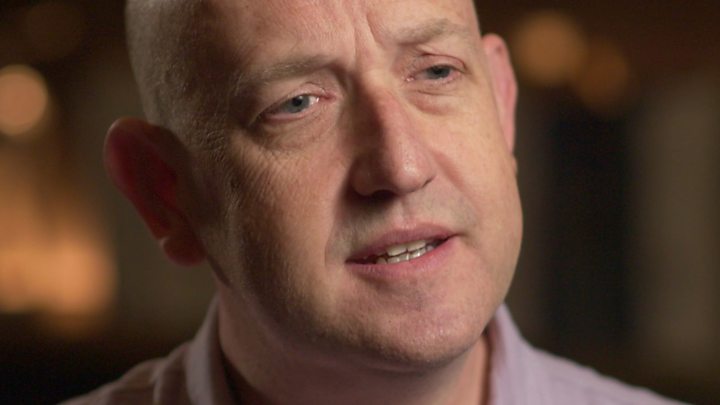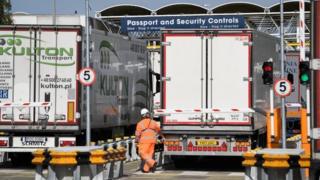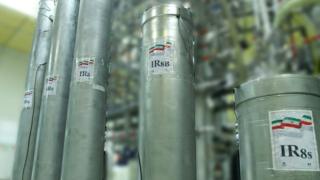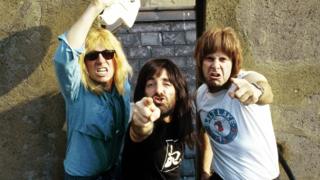
Media playback is unsupported on your device
Amazon’s warehouses will always need human staff, the firm’s chief robotics technologist has told the BBC.
The company said it had deployed more than 200,000 warehouse robots working in around 50 of its locations.
But despite Amazon investing heavily in advanced robotics, Tye Brady said the firm’s centres would never reach the point where they could be fully automated.
“Not at all. One ounce of my body just doesn’t see that,” he said.
“The way that I think about this is a symphony of humans and machines working together, you need both.
“The challenge that we have in front of us is how do we smartly design our machines to extend human capability.”
Mr Brady was speaking to the BBC at Re:Mars, an Amazon event intended to showcase the firm’s latest work in machine learning, automation, robotics and space.
He told the BBC the suggestion that robotics and AI would replace humans was a “myth”.
“It’s a reframing of your relationship with machines, right?
“You extend human capability. And when you gain productivity, then you have the ability to create new jobs that were unimaginable five years ago.”
‘Stop BEZOS Act’
But the nature of those jobs has been harshly criticised.
The UK-based GMB trade union organised a worker strike last November, describing conditions for employees at Amazon’s warehouses as “inhuman”.
“They are breaking bones, being knocked unconscious and being taken away in ambulances,” said GMB General Secretary Tim Roache in a statement.
“We’re standing up and saying enough is enough, these are people making Amazon its money. People with kids, homes, bills to pay – they’re not robots.”
In response, Amazon at the time said: “All of our sites are safe places to work and reports to the contrary are simply wrong.”
But the firm is making changes in response to pressure. Earlier this year, Amazon increased its minimum wage for warehouse workers to $15 (£12) after considerable pressure from, among others, potential Democratic presidential nominee, Bernie Sanders.
He, along with Californian Congressman Ro Khanna, introduced legislation that would add an additional tax on corporations if their lowest paid employees relied on government programmes, such as food stamps, to make ends meet.
The measure was titled Stop Bad Employers by Zeroing Out Subsidies, or Stop BEZOS, for short – a reference to Amazon’s founder and chief executive, Jeff Bezos.
‘Orange nightstand on wheels’
One of the company’s announcements was Pegasus, a new robot that is being used in the firm’s “sortation centres” – the last step before a package is handed off to a delivery company.
“Resembling an orange nightstand on wheels, the two-feet-high, 3-feet-wide Pegasus drive is Amazon’s newest robot designed to create greater efficiency in its sortation process so customers can receive their orders even faster,” the firm said in a blog post.
An accompanying video showed humans placing packages on to the robot, which then carried it, autonomously, to another location ready to be taken out for delivery.
The system is able to work out the quickest route for the robots to take, taking into account the hundreds of other robots moving around at the same time. A “flow control specialist” monitors the movements of up to 800 Pegasus robots at once.
The company also announced it had made Xanthus, an updated version of its pallet-moving robot used in fulfilment centres.
The firm said its robots had to date stacked more than 2 billion plastic storage boxes, known as totes.
But one task robots still struggle greatly with is picking up individual objects of varying shapes and standards – which is still a key job of the human worker, particularly in the areas of Amazon’s business that deal with food handling.
“It’s not humans versus machines at all,” Mr Brady told the BBC.
“It’s humans and machines working together to achieve a task.”
_______
Follow Dave Lee on Twitter @DaveLeeBBC
Do you have more information about this or any other technology story? You can reach Dave directly and securely through encrypted messaging app Signal on: +1 (628) 400-7370












